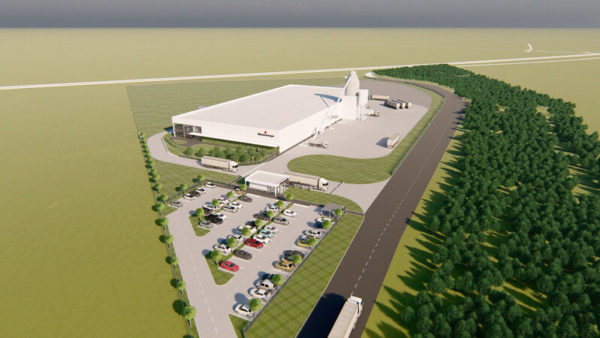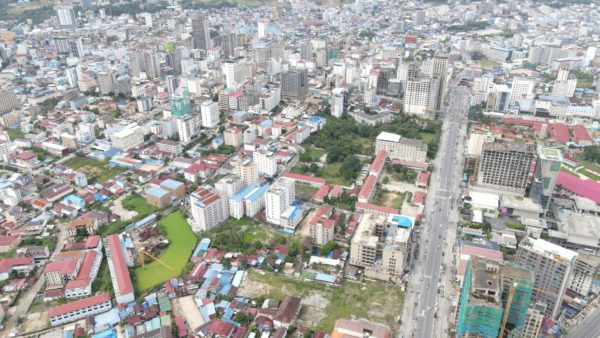Universities in Switzerland have joined forces to prove that a house can use solar panels on its façade, rather than its roof, to generate more energy than it needs.
Researchers devised a way to optimise panel output, so that the "NeighbourHub" house can supply its own energy needs even though the façade panels typically receive less sunlight than a roof panel.
Each panel is fitted with a "power optimiser" that continuously measures and adjusts its performance. Â
Students from the École Polytechnique Fédérale de Lausanne (EPFL), the Fribourg School of Engineering and Architecture, and the Geneva School of Art and Design will enter the house in the 2017 Solar Decathlon competition in Denver in October.
Private sector companies and Swiss government agencies have helped design the house.
Peter Cuony, of Swiss clean tech company Groupe E Connect, came up with the idea of using the optimisers.

The panels on the building’s façade (EPFL)
They avoid a "weak-link" problem that affects conventional solar power systems. These systems connect their panels in series, which limits the output of every panel to that of the worst performer.
The power optimiser avoids this problem by "drawing on the instantaneous maximum power generation of each panel, regardless of how much sunlight they do – or don’t – receive", according to Victor Saadé, an EPFL electrical engineering student who is leading the project group responsible for the solar panels.
The team says this allows the NeighborHub house to generate more energy than it typically uses, and leaves the roof free for growing plants and encouraging biodiversity.
The house will be opened to the public on Saturday 10 June in the Swiss town of Fribourg.
Image: Student housing, Swiss style (EPFL)
Further Reading:










